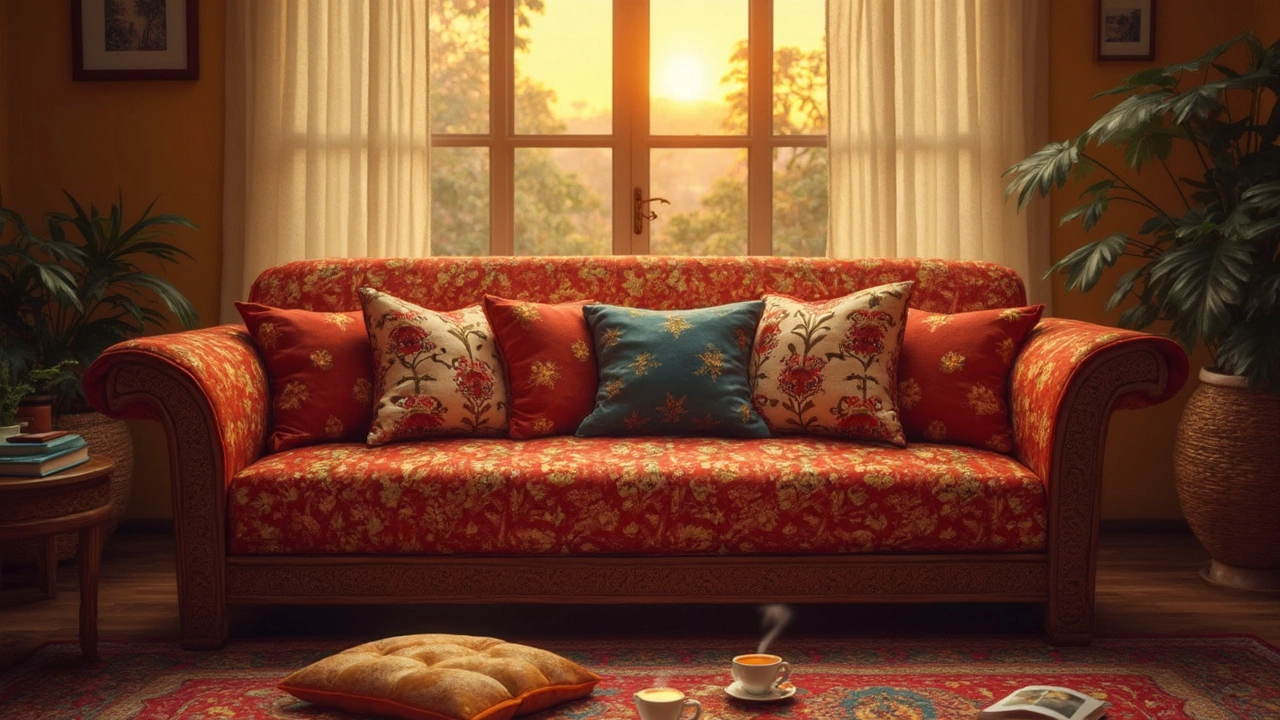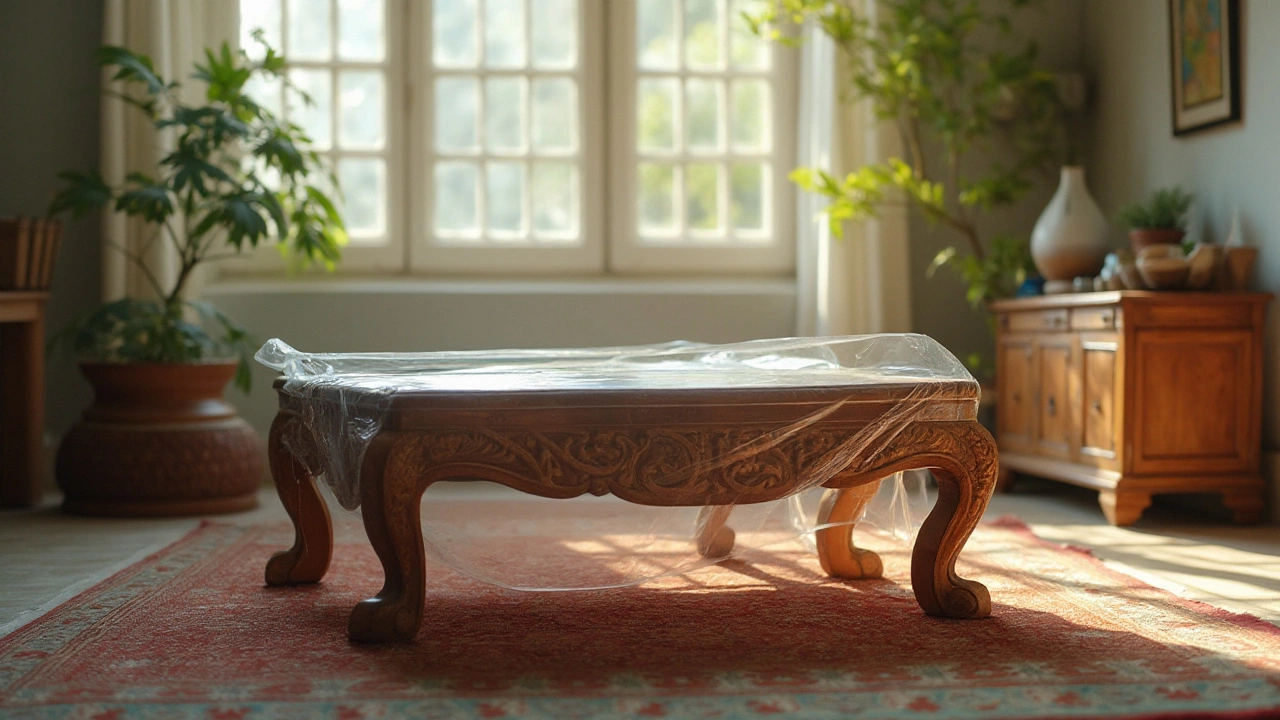Furniture Care Essentials: Simple Ways to Protect Your Home’s Pieces
Got a favorite couch or a coffee table you love? Keeping them looking good doesn’t have to be a chore. With a few easy habits you can stop scratches, stains, and wear before they start.
Everyday Sofa & Couch Maintenance
First thing: vacuum your sofa once a week. Use the brush attachment to lift dust and pet hair. If you spill a drink, blot it right away with a clean cloth – don’t rub, that just spreads the stain.
For fabric sofas, a mild dish‑soap mix works wonders. Dampen a soft sponge, test a hidden spot, then gently rub the spill area. Leather lovers can skip the soap and reach for a leather cleaner or a mix of equal parts water and vinegar.
Consider using a couch cover if you have kids or pets. It adds a cheap layer of protection and can be tossed in the washer. When you rotate cushions every month, you help the foam stay even and avoid permanent sagging.
Protecting Tables, Chairs & Outdoor Pieces
Wood coffee tables love coasters. A simple coaster stops water rings and keeps the finish smooth. If a ring does appear, rub a little olive oil into the spot and wipe clean.
Glass tops are easy – a quick wipe with a microfiber cloth after each use removes fingerprints. For scratched glass, a paste of baking soda and water can polish tiny blemishes.
Outdoor furniture faces sun, rain, and wind. Store cushions in a dry bag when not in use and apply a waterproof spray to wood or metal frames every few months. A tarp over the whole set on rainy days adds an extra shield.
Don’t forget the little things. Drawer pulls and leg caps can be swapped out if they get loose. Tightening screws with a small screwdriver stops wobble and extends the life of chairs and sofas.
Lastly, keep a small “care kit” handy: a soft cloth, gentle cleaner, coasters, and a spare set of furniture pads. When you have the tools nearby, quick fixes become second nature.
By adding these tiny steps to your routine, you’ll notice less wear and more compliments on your home’s look. Your furniture will stay comfortable and stylish for years, and you won’t spend money on premature replacements.
Ready to give your living room a boost? Grab a cloth, check those cushions, and start protecting today. Your sofa, table, and outdoor chairs will thank you.
How Long Should Your Couch Really Last?
Couches are meant to be more than just a piece of furniture; they’re a part of our homes. So, how long should a couch last? The lifespan of a couch depends on various factors like materials, usage, and maintenance. This article dives into everything from the average lifespan of different couch types to tips on extending your sofa’s life. Whether you’re facing a saggy cushion crisis or just curious about getting the best bang for your buck, this guide has got you covered.
How Cold Can Furniture Get Before It Suffers?
Storing furniture in cold conditions can be risky, leading to potential damage if not managed properly. This article explores the effects of cold temperatures on different types of furniture and provides practical tips on maintaining their integrity. Learn about the ideal storage conditions, which materials are most vulnerable, and how to avoid costly repairs. Discover practical solutions to mitigate cold-related damages and keep your furniture pristine.
Best Practices for Wrapping Furniture in Plastic for Storage
Exploring the pros and cons of using plastic wrapping for furniture storage, this article provides important considerations for protecting your cherished pieces. Readers will learn about effective techniques for ensuring furniture safety, avoiding potential pitfalls, and making informed decisions related to long-term storage. While plastics offer convenience, understanding their impact on different materials is crucial for ensuring the longevity of furniture.
The Lifespan of a Lazy Boy Couch: Durability and Care Tips
Lazy Boy couches are renowned for comfort and often become cherished fixtures in our living spaces. Examining their lifespan involves considering materials, usage, and care. Things like construction materials and family dynamics can heavily influence longevity. Proactive maintenance and a few insider tips can extend their use significantly. Discover how long these sofas really last and ways to preserve their condition.








